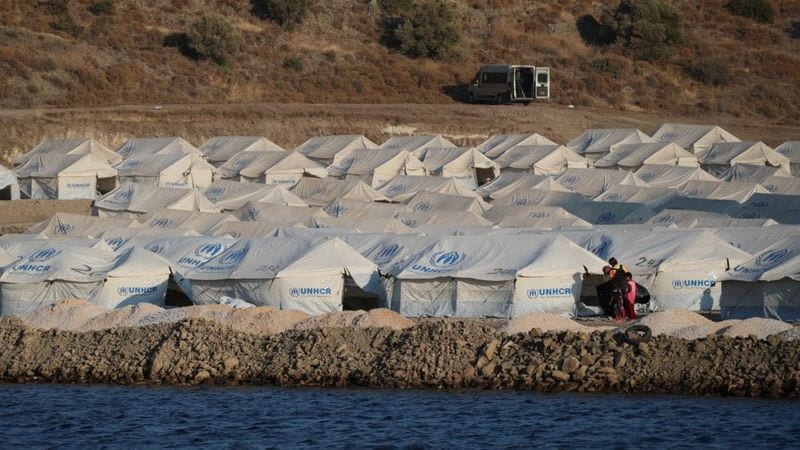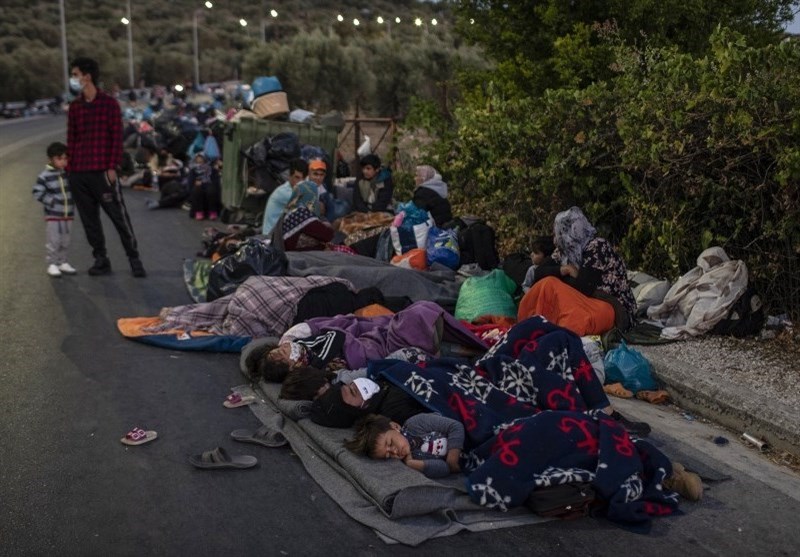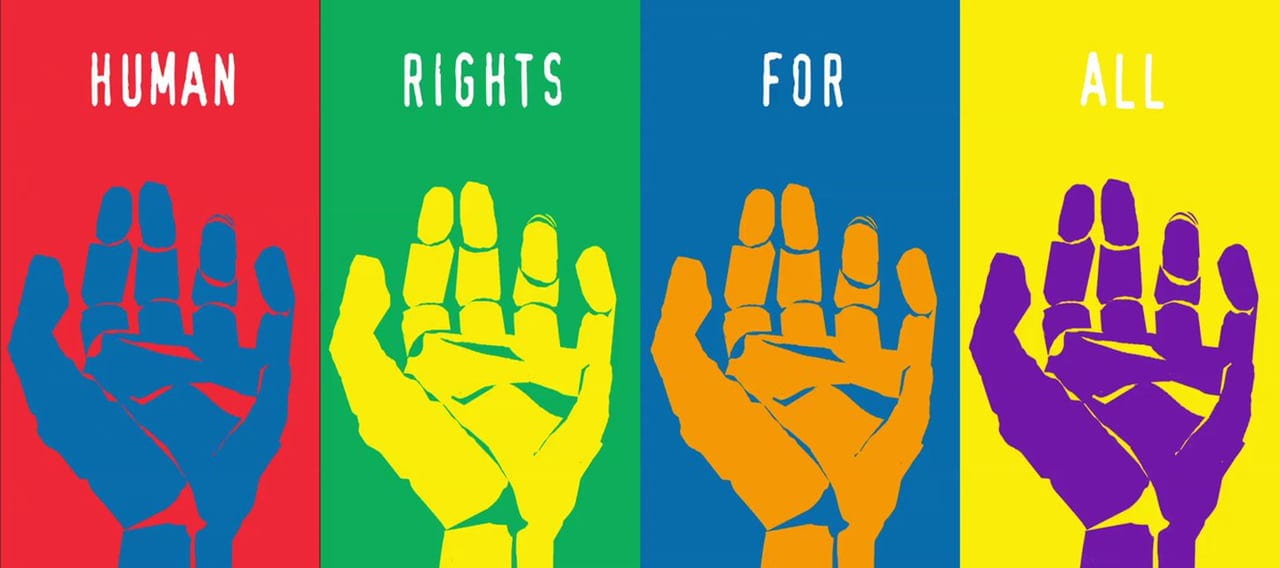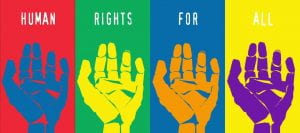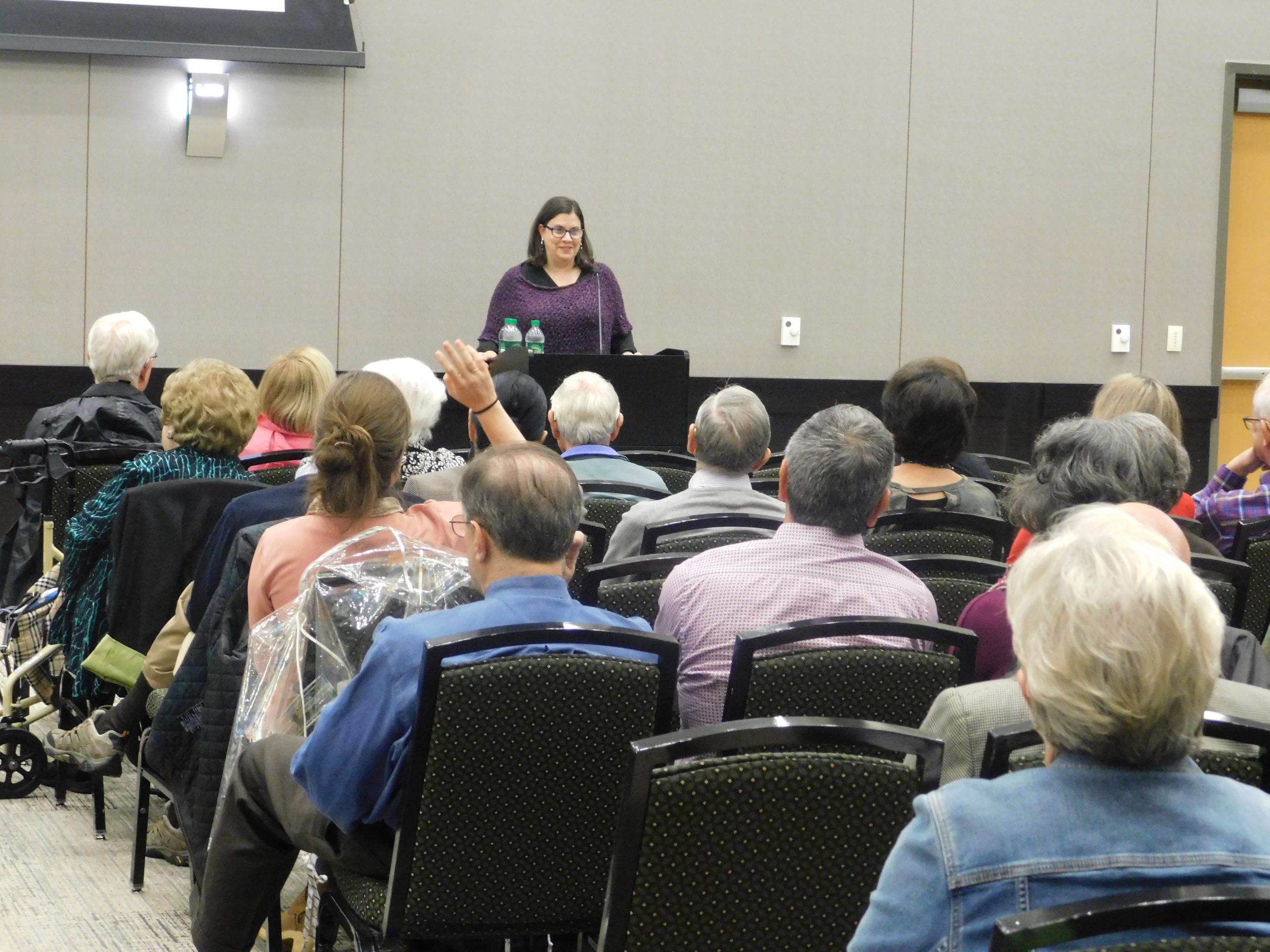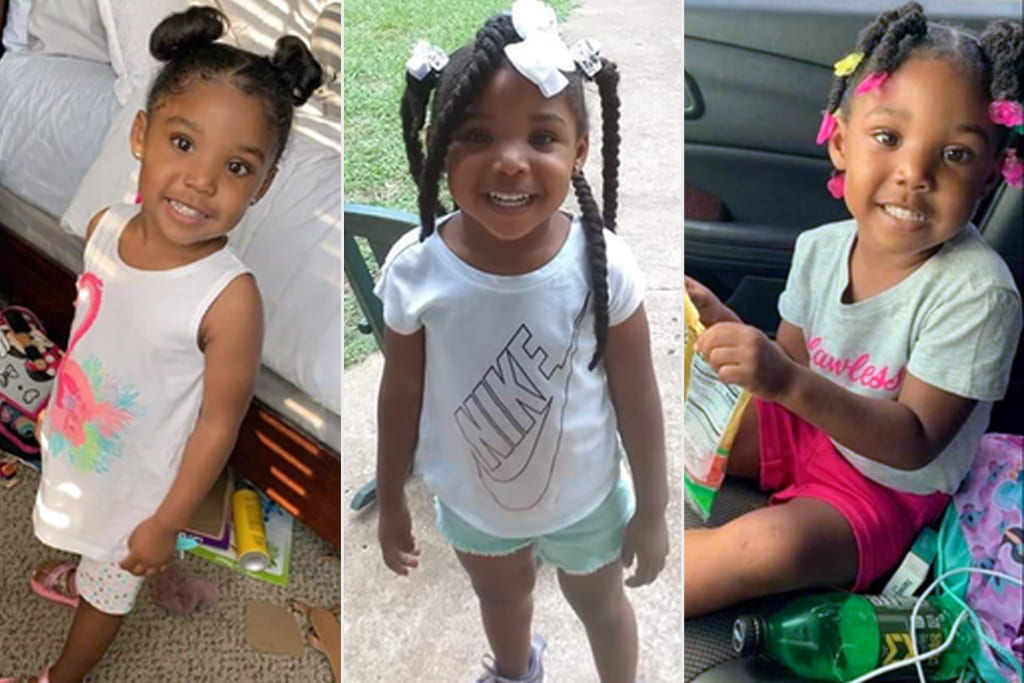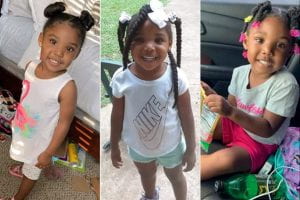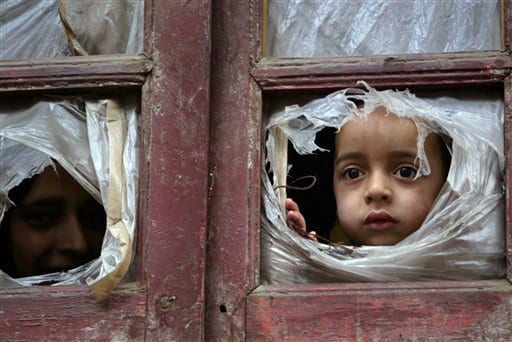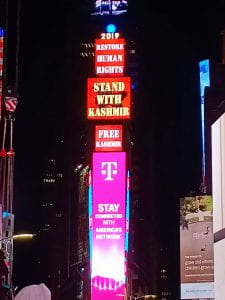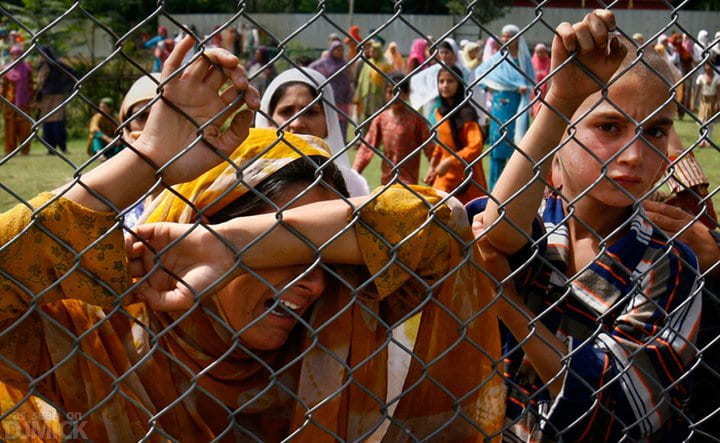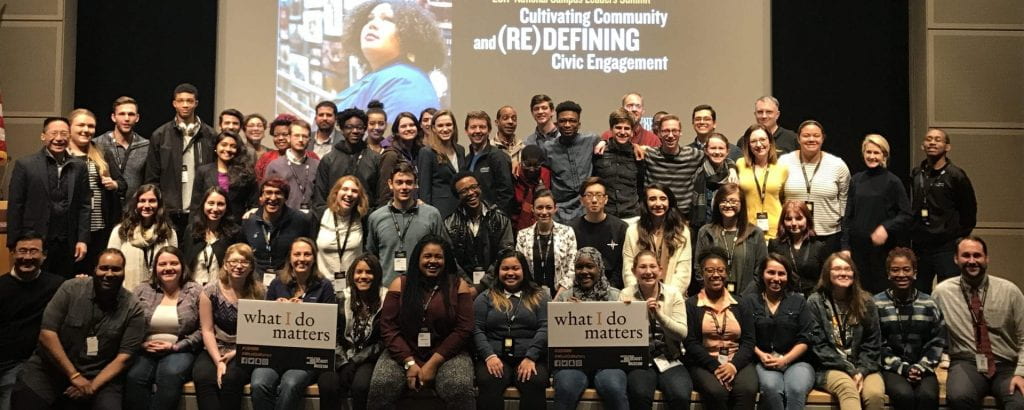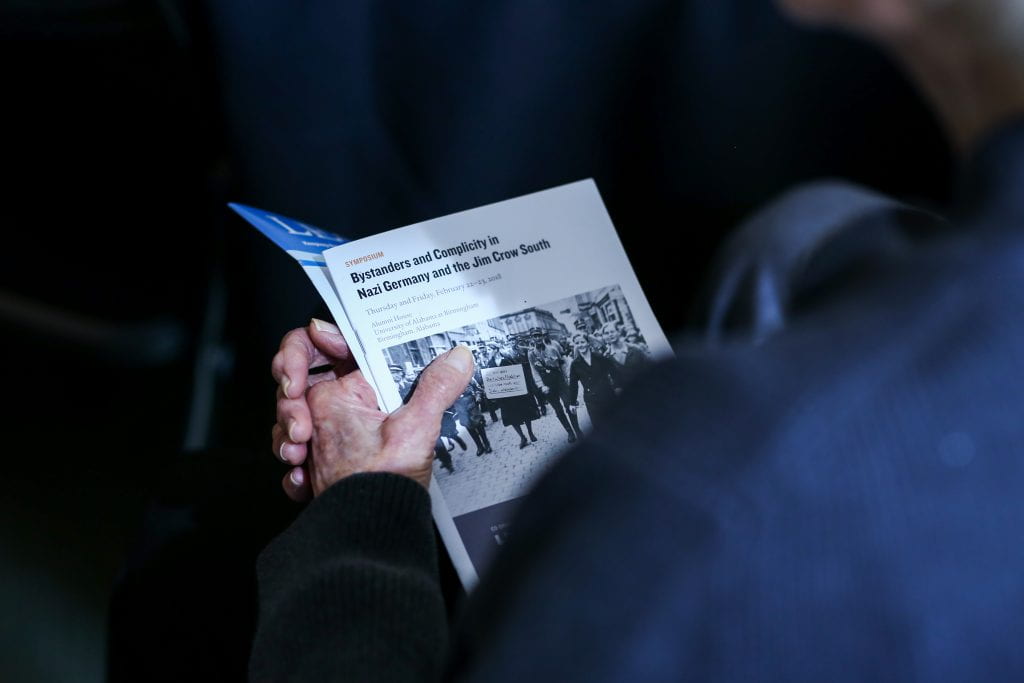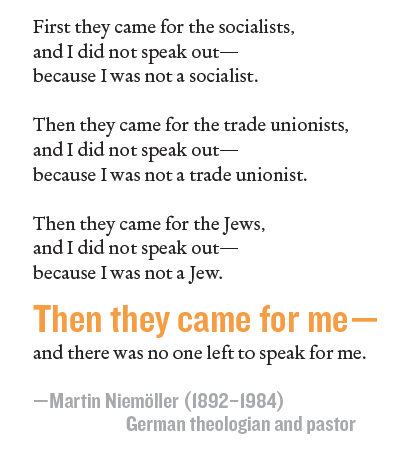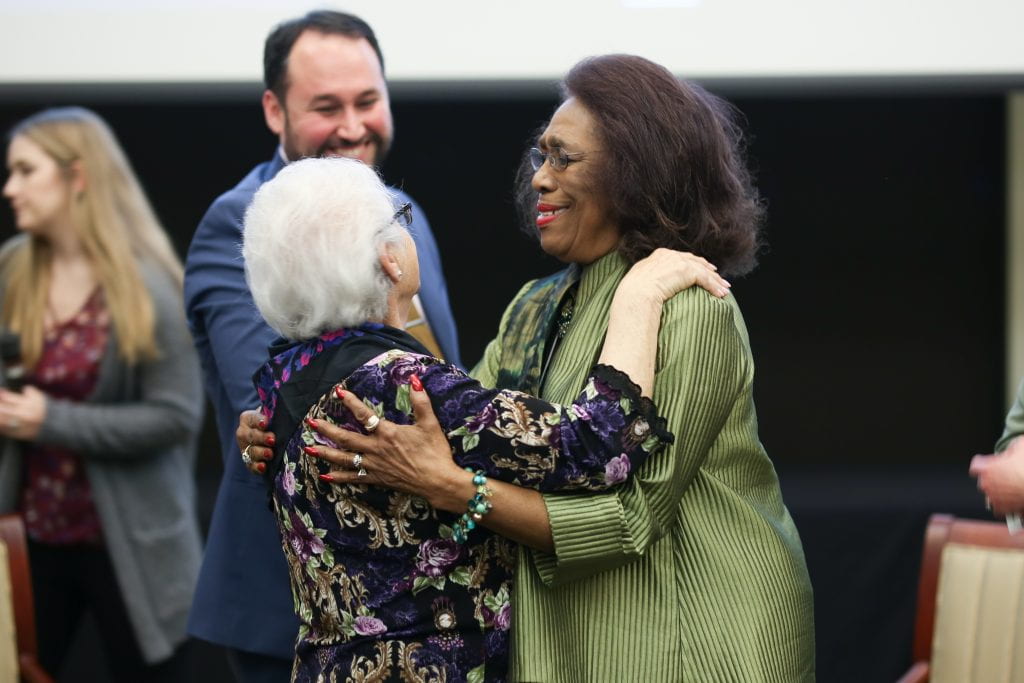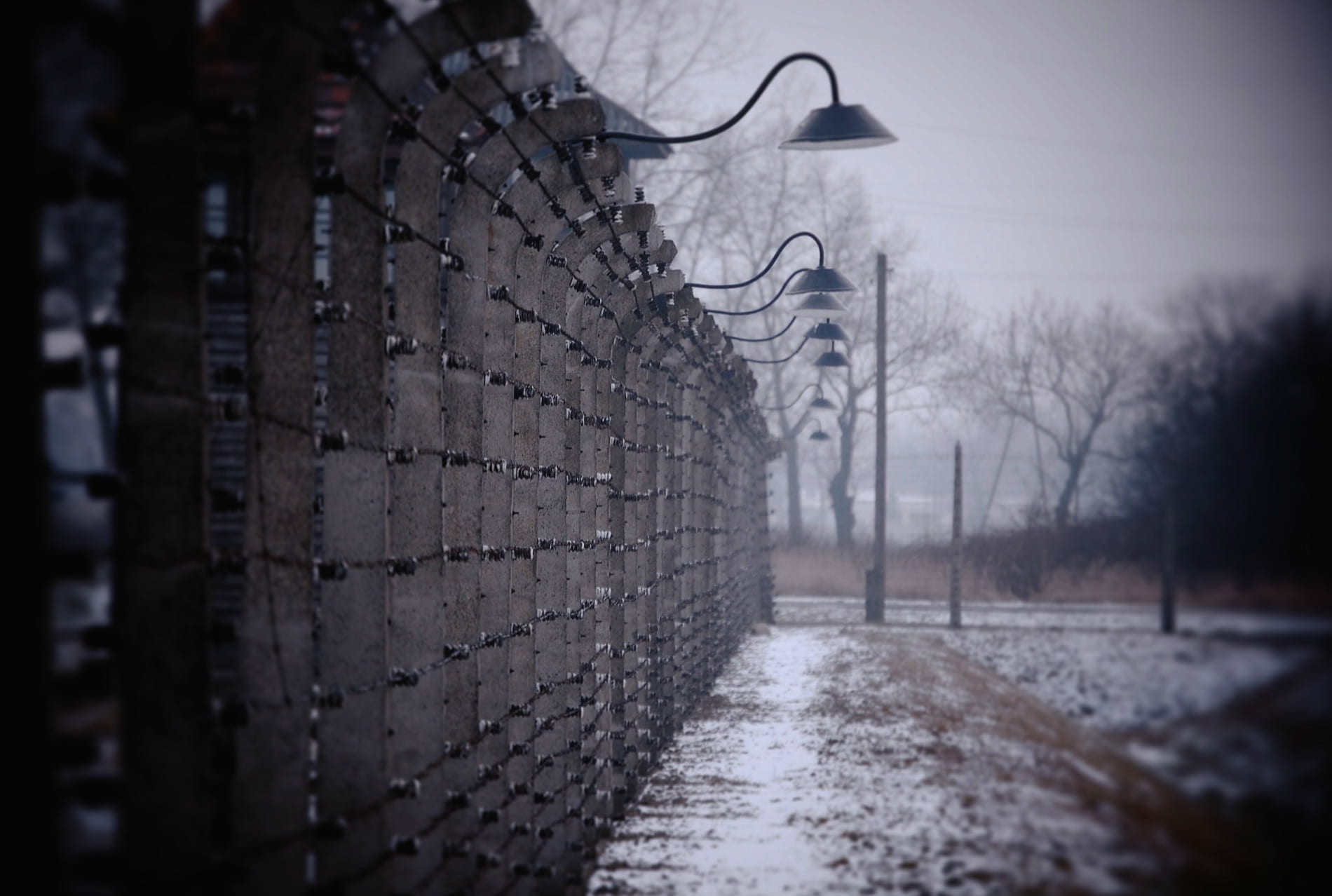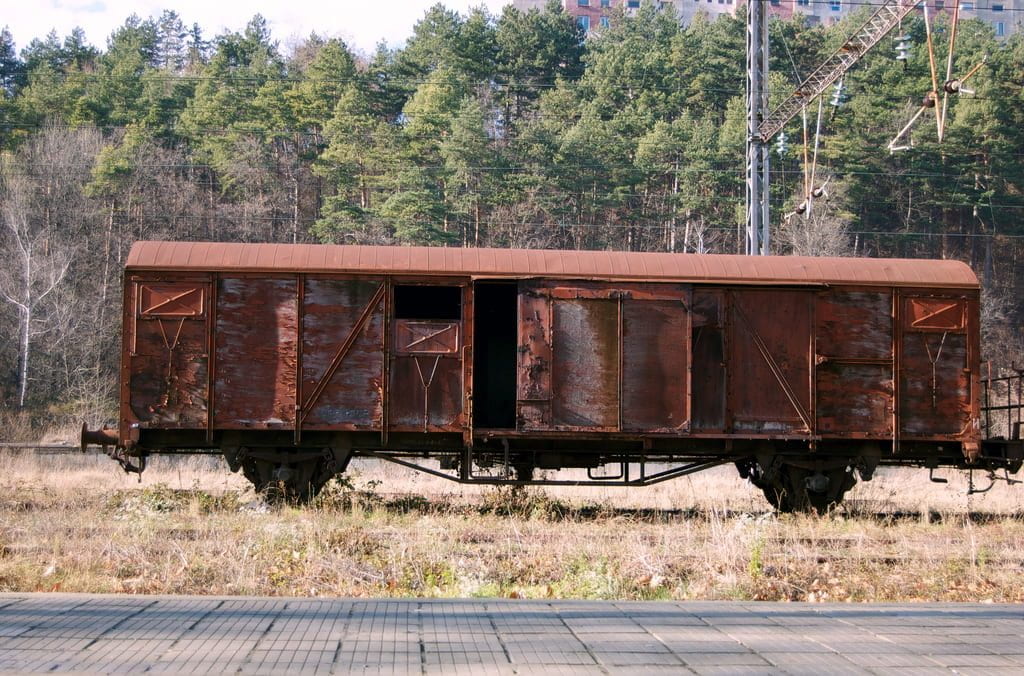On September 6th, 2021, six Palestinian prisoners escaped from what is known as Israel’s most secure and guarded prison, Gilboa Prison. An escape conducted only with a spoon has been heralded as a heroic victory for the Palestinian people and a major security breach to the Israeli government. The conflict between Israel and Palestine is nothing new. In fact, it’s known by many as a “100-year-old issue.” Since 1948, there have been continuous arguments and battles about land control, but it has now come to be much more. Today, Israel occupies most of the West Bank and has built settlements that are illegal under international law. Aside from speaking about which country controls what land, it is vital to recognize and understand the countless human rights violations happening—most of which were committed by Israel.
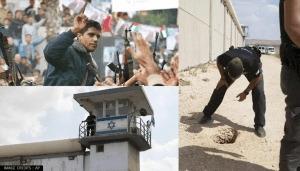
Israeli Prisons
Since 1967 over one million Palestinian people and supports have been arrested in Israel by the IDF. In June 2021 alone, a total of 4650 political prisoners were detained. 200 which were children, 40 women, and 544 serving life sentences. In 2020, there were 700 sick patients arrested and not receiving the proper care. It’s been noted that the Israeli police have targeted Palestinians with discriminatory arrests, torture, and unlawful force. The main targets of arrest are typically Palestinian activists, like the six prisoners who escaped.
In Israeli prisons, Palestinian prisoners live in “appalling conditions that are subjected to harsh treatment.” The United Nations has noted that techniques used by the Israeli General Security Service during prison interrogations constitute torture. Once arrested, prisoners and detainees begin to endure physical abuse and humiliation—all violations of international humanitarian and human rights law. When interrogated, they become exposed to “physical torture and psychological intimidation.” They are beaten, put into solitary confinement, inspected, deprived of medical and sanitary resources, and many more things. The report confirmed these conditions and the treatment of Palestinian prisoners in Israeli prisons through multiple letters sent to the UN and posted.
In addition to the illegal conditions of arrests and detention, Palestinian children have become increasingly targeted by Israeli detention. These children have been abducted and denied their fundamental human rights, sentenced, and convicted throughout the night. About 95% of the Palestinian children released from Israeli jails suffer from torture and ill-treatment during their time spent and throughout the interrogation process. Sick detainees have also been a massive problem within these prisons. More than 1,500 Palestinian prisoners—including those with disabilities—suffer from different physical and mental illnesses due to the poor conditions and no access to medical attention. Prisoners with cancer are denied any type of access to medical attention unless it is an emergency. Meaning chemotherapy is not an option. Routine doctor’s visits, medicine, anything a typical cancer prisoner should be provided, is not allowed. The condition of these prisons continues to worsen and violate human rights.
The Re-Capturing of the Six Prisoners
The news of six prisoners escaping comes as a surprise to everyone. Not one person, Israeli or Palestinian, would have imagined that not one but six people could ever escape again. Once the world knew six people had escaped, the Israeli government began a search to find all six of them. The escape set off an uproar within the Israeli government as it was the biggest jailbreak seen in more than twenty years. Since the escape, Israeli prisoners have doubled down on their security, causing many Palestinian prisoners to protest and go on hunger strikes. With the current prison situation, it’s not imaginable what constitutes stronger security conditions. This is known as “collective punishment”, which is deemed illegal under humanitarian law. Posts around social media show the different forms of protests the prisoners have been doing. In addition, the manhunt included harassment of family members and violent raids across the occupied West Bank and East Jerusalem. The recapturing of the prisoners resulted in protests in the occupied West Bank and around the world. Thousands gathered to protest the rearrest and the reasons for the original arrests. Protesters in Palestine went out “in solidarity without prisoners in the occupier’s jails… it’s the least we can do for our heroic prisoners,” said Jihad Abu Adi.
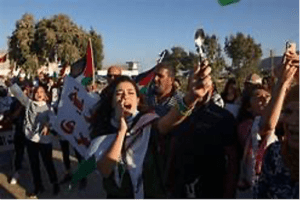
Since being captured, the escapees have all been tortured and beaten by the Israeli occupation forces. The worst being towards Zakaria Zubaidi. After he was rearrested, he was tortured so badly; he had to be sent to the ICU to receive urgent medical treatment. He was taken to Rambam Medical Center, located in Haifa, for treatment. It has been suspected that Zubeidi was tortured with electricity. His brother released a statement saying, “my brother is being subjected to the harshest form of torture.” Along with the electric form of punishment, it is noted that Zubeida’s leg was broken, and the Israeli prison forces did not allow him to sleep. Israeli security forces also did not allow lawyer visits for any of the recaptured. Palestinian human rights groups have asked the International Red Cross to get involved and facilitate interactions between their legal counsel and their families.
What’s Next?
Many Palestinians continue to live in fear of what is to come after the prison break. In the midst of fear, victory is sensed. Many journalists, Palestinians, and supporters have called this a momentous victory that showcases the strength and resilience of countless Palestinians.
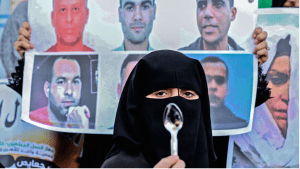
The most important thing one can do is learn the history, educate themselves, and read. Many individuals are being treated in an unfair manner which is deemed illegal under International Law.
Check out these links, social media accounts, and books to learn more. @eye.on.palestine, an account on Instagram, posts daily updates on the occupation forces attacking Palestinians. Additionally, their accounts share pictures and post stories of what it’s like to live in an Israeli prison, access to medical care, and the food strikes conducted in protest.
Books:
My Promised Land: The Triumph and Tragedy of Israel, Ari Shavit
In Search of Fatima: A Palestinian Story, Ghada Karmi
Arabs and Israelis: Conflict and Peacemaking in the Middle East, Abdel Monem Said Aly, Shai Feldman, Khalil Shikaki

